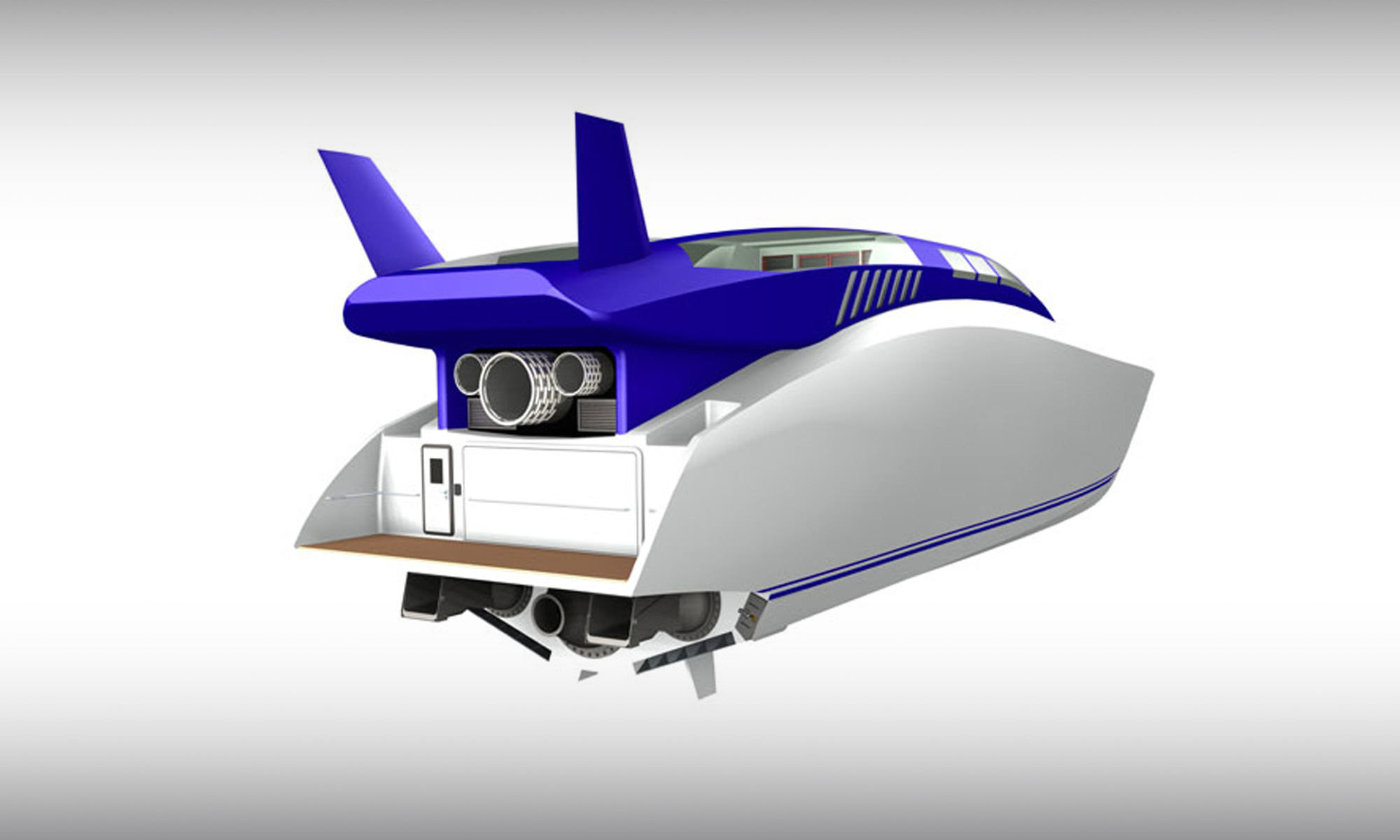DLBA UNIVERSITY
Seakeeping Predictions for a 100-knot yacht
MARCH 10, 2020
Everyone on a yacht wants to be comfortable. When it comes to cruising or sprinting in a seaway, the topic that comes to light most often is seakeeping. Seakeeping is the ability of a vessel not only to withstand rough conditions at sea, but also to interact with the waves in a way that transfers the minimal amount of motions and accelerations to the equipment and people onboard. DLBA pride ourselves in developing vessel designs with exceptional seakeeping capability and high ride quality. We use a systematic approach to develop hulls and evaluate how they will perform. We developed a technique for naval patrol vessels and have adapted it to yachts. Check out this paper and how we apply the approach to a 100 knot yacht, and perform calculations to be able to inform its potential owner the number of days a year that the Owner can make a safe and comfortable dash from the vessel’s homeport in Norfolk Virginia, to Bermuda, for a fine lunch and a dark and stormy.

By:
D. Schleicher, P.E. Donald L. Blount and Associates, Inc., USA
J. Bowles, Donald L. Blount and Associates, Inc., USA
This paper explores the seakeeping characteristics of high speed craft in a macroscopic sense using data and information available in the public domain for high-speed, hard-chine hull forms. A brief description of the term seakeeping is provided, and standard references providing limits for vessel motions, crew and passenger fatigue, and injury are identified and discussed. A method will be presented to apply analytical design tools to evaluate the seakeeping performance of the vessel in the concept design phase. A method to estimate the maximum sea state in which a vessel can operate unrestricted is provided, and basic seakeeping criteria will be defined to allow a designer to estimate the speed-wave height limits for comfortable operation in a seaway.
The method will be illustrated using a luxury yacht capable of 100 knots as an example. DLBA has previously explored the technical feasibility of a 100-knot yacht using data available within the public domain, examining the state-of-the-art relationship between weight, power and speed for hard chine hull forms. Both structural studies and propulsion studies have been presented to date. In addition to the 100-knot speed requirement, the vessel must have appropriate ride quality to be a true yacht with creature comforts and accouterment. Key to the performance of the vessel is its ability to handle seas at high speeds. Therefore, excellent seakeeping characteristics are a must.
In case you would like to receive more information or discuss about this subject, please contact Jeffrey Bowles

Share this article online:
HOW CAN WE HELP YOU?
FEEL FREE TO CONTACT US

DLBA Naval Architects
860 Greenbrier Circle, Suite 201 Chesapeake, Virginia 23320 USA
Phone: 757-545-3700 | Fax: 757-545-8227 | dlba@gibbscox.com
STAY UPDATED
SIGN UP FOR OUR NEWSLETTER
Keep your finger on the pulse of the latest points of focus in naval architecture and engineering: subscribe to DLBA’s concise monthly newsletter. Within it, we briefly describe and picture our latest projects and concepts. We encourage feedback and seek to have our newsletter spark conversation regarding potential collaborations and further advancements as we share our passion for the industry.
